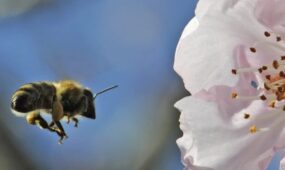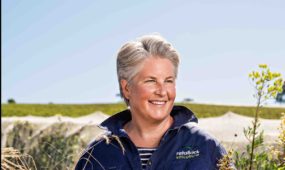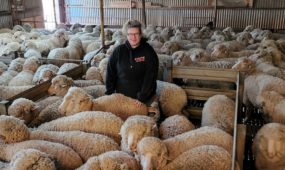Premium oyster region moves to keep POMS at bay
Primary Industries
An Australian oyster fishery crippled by a shortage of stock is investing in a series of hatcheries to take control of its future and become a global leader in spat production.

Sign up to receive notifications about new stories in this category.
Thank you for subscribing to story notifications.
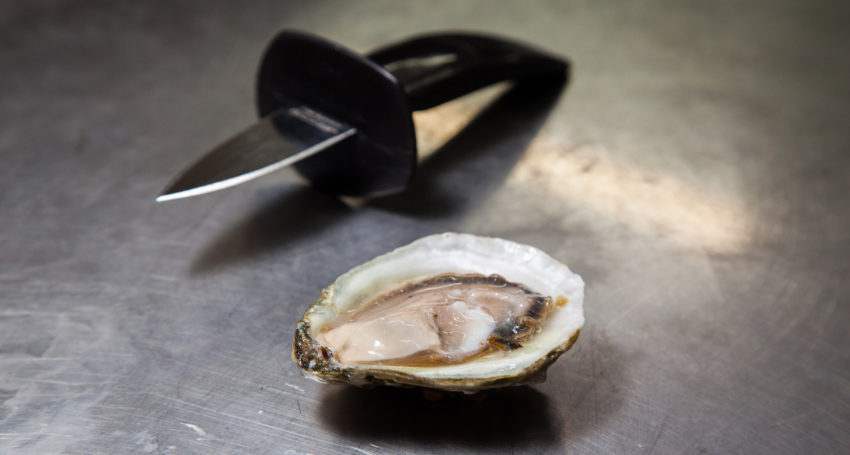
South Australia’s pristine environment and commitment to strict biosecurity has led to it being one of the world’s only Pacific Oyster producing areas to be free of POMS disease.
However, a reliance on the POMS-affected state of Tasmania for oyster spat has led to shortages in South Australia. The importation of spat into South Australia has been banned since February 2016. But because of the 18-month growing period from spat to commercial oyster, the full effects of the moratorium are only starting to be felt now.
Oysters are one of South Australia’s most valued premium seafood products with the state typically producing about 5400 tonnes annually – generating $38 million for the local economy in 2015-16.
It is Australia’s largest Pacific Oyster growing state and includes premium regions such as Coffin Bay and Smoky Bay.
The South Australian Oyster Growers Association predicts production to be down by 50 to 70 per cent in the coming months following the spat moratorium.
In response to the spat closure, two of Tasmania’s largest spat producers, Cameron of Tasmania and Shellfish Culture, have established hatcheries on South Australia’s Eyre Peninsula.
Cameron’s entered into a joint venture with Australia’s largest Abalone spat producer, SAM, in Port Lincoln while Shellfish Culture opened its $4 million Eyre Shellfish hatchery in Cowell in October.
Cameron’s began sending spat to South Australian oyster leases earlier in the year while the first juvenile oysters from Eyre Shellfish are expected to make their way to local farms this month.
The South Australian Pacific Oyster industry began in the 1970s and has until 2016 relied on Tasmania for more than 80 per cent of its spat.
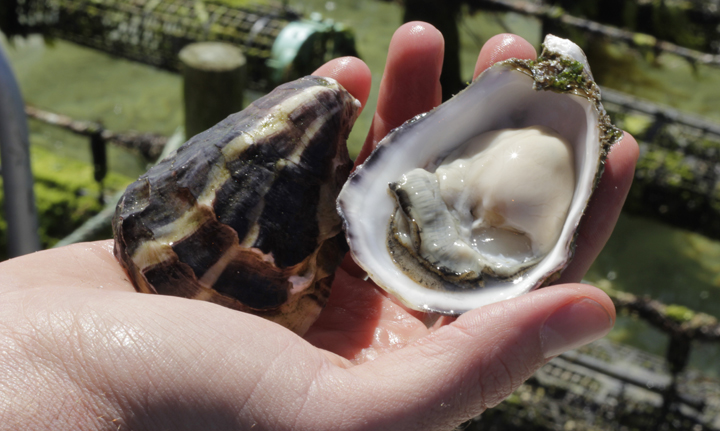
South Australian Oyster Growers Association Executive Officer Trudy McGowan said although the next year or so would be very difficult for oyster growers, there was a substantial long-term benefit.
“We’re treating it like farmers would a drought but longer term the industry will be in a really good position because we will have strong supply and no POMS disease,” she said.
“The important thing going forward for us is that once we fill our backlog of spat – realistically that’s going to take at least until the middle of next year – we have the opportunity to sell spat to other parts of Australia and hopefully internationally as well.
“South Australia should become the oyster capital of Australia because of the substantial infrastructure we now have with hatcheries and the fact we are POMS free so that’s a really good position for the state long term.”
POMS, or Pacific Oyster Mortality Syndrome, was first detected in France in 2008 and has since been detected in almost every major Pacific Oyster producing region including New Zealand, New South Wales and Tasmania.
South Australia’s pest free reputation and clean, green image stretch well beyond the waters of Spencer Gulf. It is the only mainland Australian state to be free of phylloxera – a tiny insect with the ability to destroy vineyards – and fruit fly, which can severely impact fresh fruit industries.
McGowan said clean growing conditions, minimal boat traffic, strong biosecurity practices and the lack of a wild Pacific Oyster population to spread disease, were factors that helped keep South Australia POMS free.
“That’s why we’re so protective of the environment, South Australia is very fortunate to have the cleanest waters to grow its oysters and other seafood,” she said.
“The big advantage we have is that our oysters are grown in the ocean rather than in estuaries where there is a lot more run-off and more people.”

Known in the industry as “Oyster Bob”, Bob Simmonds has been an oyster marketer in South Australia since the 1990s.
He said the recent establishment of new hatcheries in South Australia was the best thing that had happened to the industry in the state since it ramped up in the 1990s.
“Right at the moment we are on our hands and knees as far as getting saleable stock is concerned … but we’re masters of our own destiny now,” he said.
Simmonds said the new hi-tech Eyre Shellfish facility in Cowell, which he has invested in, would mean the state would soon be able to produce more spat than it needed and would allow it to become a net exporter of juvenile oysters.
“I think we could produce in Cowell up to 250 million plus a year of seed, which is going to benefit the state no end,” he said.
“This hatchery is probably the best hatchery in the Southern Hemisphere if not the world – it’s state of the art.”
Jump to next article
